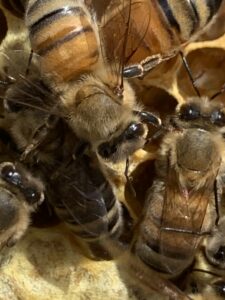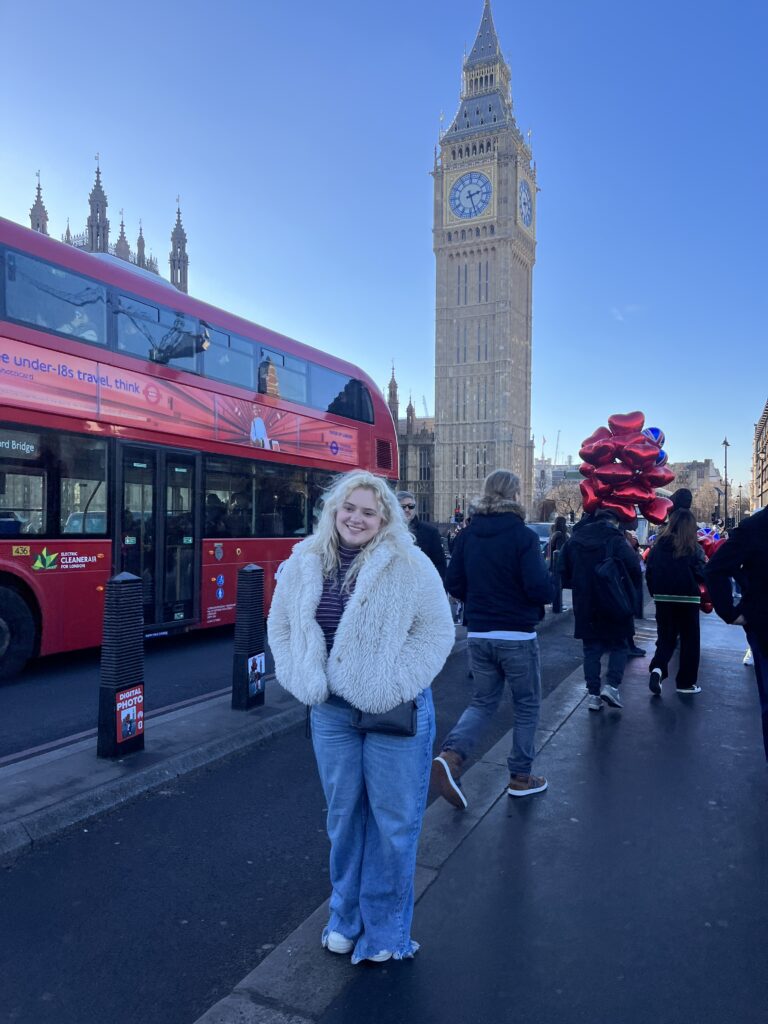Honeybees are vital and need our protection

It is very hard to visit the Green Mountain State and not hear about fresh honey products, or the insects that create the liquid gold.
The state of Vermont designated the Honeybee as its official state insect in 1978.
Due to the overall popularity of this insect, and its incredibly important role in the U.S. agricultural industry, 20 states have recognized the honeybee as an official state symbol. If we go way back in the fossil record, specifically 40 million years ago, we can see the first honeybees appear.
And they have remained physically and socially unchanged for 30 million years! Honeybees are thought to have originated in Africa and then brought to the new world with the very first English and Spanish colonists.
Not surprisingly, they quickly escaped to the wild and eventually started to populate what today is the entire western hemisphere. Humans’ love for honey has not changed since then, and it is one of the many benefits of our relationships with honeybees.
Just in 2019, the United States produced a whopping 157 million pounds of honey. The USDA also gives insight into how popular beekeeping is in America. “Honeybee colonies for operations with five or more colonies in the United States in 2021 totaled 2.92 million colonies, up 2 percent from January 1, 2020,” according to the USDA website.
We can also see how popular beekeeping is in the state of Vermont based on statistics on the state website.
“The Vermont beekeeping industry has grown steadily over the last decade. There are now approximately 900 beekeepers owning about 14,000 hives in Vermont. These beekeepers have 1,200 locations where they keep their bees throughout the state. While most are hobby beekeepers with just a few hives kept at home, there are several commercial operations with upwards of 3,500 hives and dozens of locations each, mostly on farms, primarily on the western side of the state, along the Champlain Valley,” it reads.
Even though beekeeping is very popular both in the Green Mountain state and in the United States, other species of bees in the wild aren’t as welcomed. If we look at other bee species and hives in the wild, we can see that these amazing pollinators face some very serious threats. Most of these threats are human-made, and the solution to these threats can be very complex.
TreeHugger.com gives insight into one of these threats facing bees today when they cover habitat loss.
“With the advent of Big Ag, large commercial farms have destroyed crop diversity and bees’ natural habitats. Land in the Midwest and Northeast that was once prairie or grassland has been converted into monoculture farms that only produce one crop. Commercial farms’ lack of crop diversity means there is less food and variety for bees to munch on.
Bees also lose their habitat when inconsiderate urban development transforms green spaces into roads or cities.”
TreeHugger also gives insight into the colony collapse disorder facing bees.
“Colony collapse disorder first observed in 2006, causes bees to mysteriously abandon their hive. Affected colonies have experienced mortality rates as high as 90%. The U.S. Department of Agriculture and Environmental Protection Agency report issued in 2013 suggests a complex mix of problems contributing to bee colony declines. Contributors include parasites and disease, genetics, poor nutrition, and pesticide exposure, as well as unsustainable farming practices that don’t give bees a pesticide-free buffer zone to forage in. Bee colony collapse is a real concern for our economy, as it abuts all aspects of American agriculture.”
All bees play a very crucial role in pollinating ecosystems all over the world. Without certain species of bees, we wouldn’t have nearly the amount of successful crop production we do have in the United States.
The USDA states that in 2022 alone the United States made an amazing $264.2 billion in crop production sales. Bottom line, we humans as the top ecological specimen need to start doing something different in managing our environment.
There is a lot that we have done and can do. For example, The U.S. Fish and Wildlife Service operates many programs that assess, protect, and restore pollinators and their habitats.
If you would like to get involved, you can support the North American Pollinator Protection Campaign, which is a collaboration of scientists, businesses, and NGOs dedicated to pollinator conservation and education. This is one of the strongest nonprofit advocates for resident and migratory pollinators in the world.
If you don’t feel like getting involved with a non-profit, you can plant a bee-friendly garden right in your own backyard, or even join similar efforts with like-minded peers on the Castleton Campus this spring.
My main point is that there is so much more to pollinators and agriculture than just one species of bee. Just because that one species of bee happens to produce a yellow sticky substance that many humans find delicious, does not mean we should think any more of them than the other species of bees pollinating our crops. It would be extremely irresponsible for us humans to think this way. We have the power and responsibility to make positive change – so let’s simply do it together!








